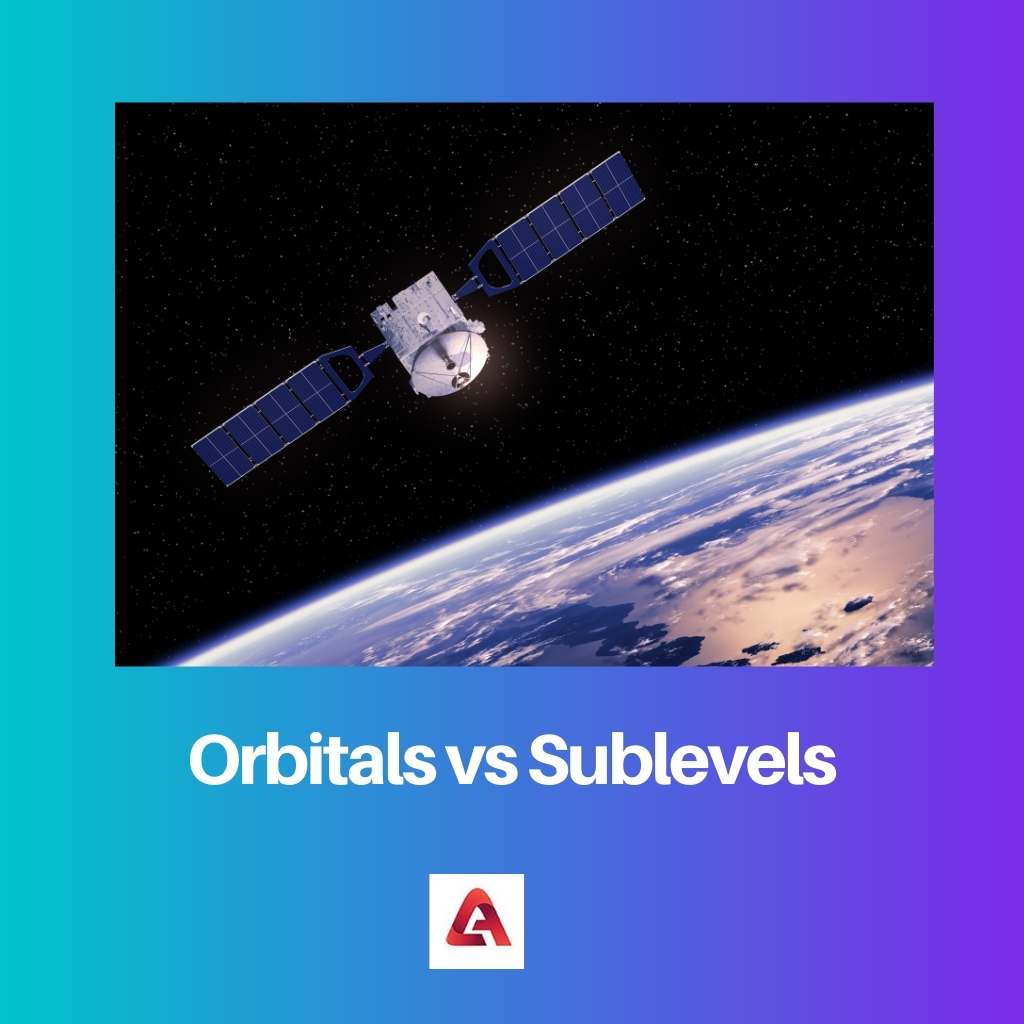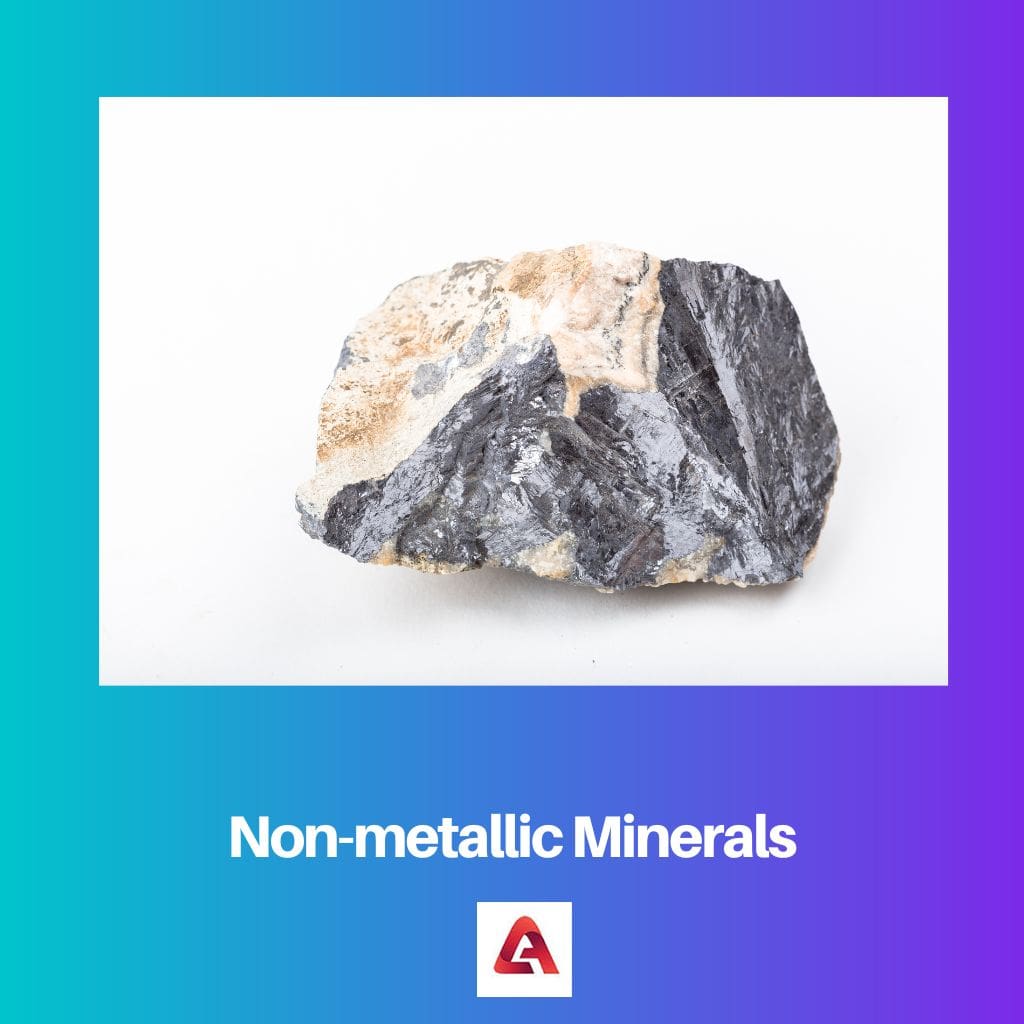Quantum Mechanics is one of the most important sections of Physics and Chemistry. It describes the properties of atomic and subatomic particles. Orbitals and Sublevels are two parts of electrons carrying atoms that are confused with each other. Even though the two share a few similarities, they carry different properties.
Key Takeaways
- Orbitals are regions where electrons are likely found, while sublevels are energy levels within an electron shell.
- Each sublevel consists of one or more orbitals: s, p, d, and f.
- Sublevels are labeled with principal quantum numbers and letters, while the electron cloud shape represents orbitals.
Orbitals vs Sublevels
An orbital is a three-dimensional region of space around the nucleus of an atom where an electron is most likely to be found. A sublevel is a group of orbitals with the same n and l quantum numbers values. There are four types of sublevels: s, p, d, and f, which can be further broken down.

Orbitals are mathematical functions that describe the most probable location and behavior of electrons in an atom. Each orbital of an atom is characterized into three quantum numbers that describe the electron’s energy, angular momentum, and the vector component of the atom.
Sublevels are defined as energy levels in Quantum Mechanics. In chemistry, these energy levels are associated with electrons of the atom. However, in physics, these energy levels are also associated with the nucleus. The capacity of holding electrons varies with every sublevel.
Comparison Table
| Parameters of Comparison | Orbitals | Sublevels |
|---|---|---|
| Definition | Mathematical Functions describing the electrons’ location. | Energy levels of atomic electrons and nucleus. |
| Division | They are types of sublevels. | They are types of orbits. |
| Electron Capacity | One orbital can hold two electrons. | Varies with the capacity of each sublevel. |
| Shape | Symmetrical, dumbbell, or complex shapes. | Not defined as shapes. |
| Purpose | Determining the location of electrons. | Prediction of chemical bonds. |
What are Orbitals?
Orbitals are mathematical functions that describe the most probable location and behavior of electrons in an atom. An orbital is also known as the wave function of the electron. Four basic types of orbitals exist s, p, d, and f-orbital. Each orbital can hold a maximum of two electrons only.
Each orbital of an atom is characterized into three quantum numbers that describe the electron’s energy, angular momentum, and the vector component of the atom. The angular momentum is the electron spin of the electron. This spin of electrons in the orbital is either positive or negative, which is known as the spin states of electrons.
As the orbitals radically move away from the nucleus, their sizes gradually increase with every step resulting in higher energy levels. Since the s-orbital is the smallest and closest orbital to the nucleus, it has the highest probability of carrying electrons. On the other hand, the f-orbital is large and far away from the nucleus. It carries a very high level of energy.
Physical characteristics of the orbital, including its shape and size, depending on the wave function’s square. The orbitals that are close to the nucleus are comparatively more stable. As a result, they have defined shapes. S-orbitals are spherically symmetrical in shape, p-orbitals, and d-orbitals are shaped like dumbbells, and f-orbitals have complex diffused shapes as they have high energy levels.
What are Sublevels?
Sublevels are defined as energy levels in Quantum Mechanics. In chemistry, these energy levels are associated with electrons of the atom. However, in physics, these energy levels are also associated with the nucleus. The capacity of holding electrons varies with every sublevel. Sublevels of an atom are divided into various orbitals that carry electrons. There are mainly four principal energy sublevels of atoms. As the sublevel increases, the energy of the electrons present also increases.
Energy sublevel 1 has only one s-orbital, so it can carry only two electrons. On the other hand, energy sublevel 2 has one s-orbital and three p-orbitals. Since one orbital can carry only 2 electrons, energy sublevel 2 has the capacity to hold 8 electrons. As we move to sublevel 3, the energy levels and capacity significantly increase. Sublevel 3 has five additional d-orbitals than p-orbitals. Sublevel 3 includes a total of nine orbitals which can carry 18 electrons. Similarly, sublevel 4 contains 7 additional f-orbitals than sublevel 3. Hence, it can carry a total of 32 electrons.
The distribution of electrons in all atoms is different. These sublevels determine the distribution of electrons around the nucleus, and hence, it allows us to predict the chemical bonds that the atom can form with other elements.
Main Differences Between Orbitals and Sublevels
- Orbitals have electrons with spin directions, whereas sublevels have varying energy levels.
- Orbitals are types of sublevels, whereas sublevels are types of orbits.
- Each orbital can hold a maximum of two electrons, whereas the capacity of electrons varies with each sublevel.
- Orbitals have no defined boundaries inside the atom, whereas sublevels are pre-defined.
- The shape of orbitals can be symmetrical, dumbbell-like, or complex, whereas sublevels are not defined as shapes.





